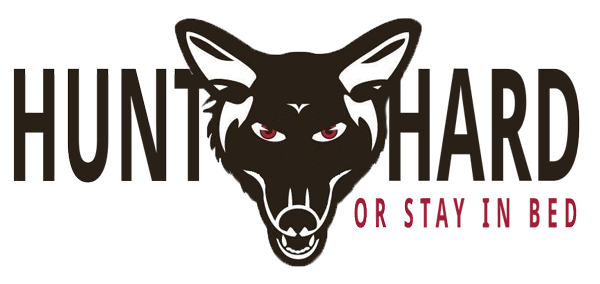Float Like a Butterfly, Sting Like a Bazooka
If you’re an archery person, either for hunting or sport shooting, then you are familiar with FPS. If you are not, that stands for Feet Per Second. And how can you not be familiar with this, as this is one of the most common terms used when talking about archery equipment and, specifically, when rating bows and crossbows. Every bow and crossbow on the market that I am familiar with advertises it’s FPS and the numbers keep getting higher and higher. I will be the first to admit that I was one of those guys that fell into the maximum FPS trap . When working on my setup (bow, arrow, & broadhead), I would look at the bow’s capability, the lightest arrows, the longest draw I could comfortably shoot, the lightest broadheads with the least exposure and drag, and the list goes on. I wanted the flattest and fastest setup I could get. It wasn’t until my western elk hunting transitioned to archery for easier tag access that I started doing research and reevaluating my setup. What I quickly discovered is that KE, or kinetic energy (“the energy of motion of a body, equal to the work it would do if it were brought to rest”), was a much more important figure to me when it came to hunting big game.
The value I found in KE was the impact that my setup, specifically, arrow and broadhead, had on big game and the depth of penetration. I started researching this for hunting larger game, like elk, because of the size and makeup of the animal. As game get larger, typically you have larger body mass, denser bone structure, and often thicker hide. To maximize my lethality, I became more concerned with KE than with how fast my arrow was flying. The best analogy I found when researching this was if you were to run a motorcycle into a brick wall at 100 miles per hour, there would be some extreme damage done – especially to the motorcycle and the individual riding it. Now, take the same brick wall and run into it at only 10 miles per hour, but this time use a locomotive. The brick wall will be nothing more than a pile of rubble despite the extreme decrease in speed. The reason for this is the size and weight of the slower locomotive gives it greater KE than the smaller, lighter, and faster motorcycle. I agree that this is an extreme difference, so I will put it into hunting terms. A 32grain 204 rifle bullet has a muzzle velocity of 4050fps vs a 200grain 338 bullet with only 2950fps muzzle velocity. Now, the difference is that at 300 yds, the 204 only has 457 ft-lbs/s whereas the 338 has 2365 ft-lbs/s. So, it’s very obvious that even though the 338 bullet is traveling approximately 27% slower, it has over 400% more energy because of its size and weight. Again, you might say that this is still an extreme difference so let’s compare the same caliber of bullet but with different weight. A 120grain 308 has a muzzle velocity of 2850fps with 932 ft-lbs/s at 300yds vs a 180grain 308 with a muzzle velocity of 2620fps and 1556 ft-lbs/s at 300yds. So, in this scenario, you have lost 8% of muzzle velocity, or speed, but gained 67% KE, or knockdown.
I completely understand that FPS is a factor in calculating KE, which is valuable information. I also understand that manufacturers advertise their maximum FPS due to its ease of identity. With KE every setup is different and very difficult to put a general figure to it. The thing I don’t understand is why more hunters don’t look at and focus on their KE instead of their FPS, especially when talking about big game hunting. When I started looking at KE and testing different arrow and broadhead weights, I noticed similar results to the 308 above. I was losing small amounts of FPS, but making large gains in KE. I also experienced a significant difference in arrow penetration into my targets. In discussions with some people about KE versus FPS, one of the most popular arguments for FPS was that a faster lighter arrow shoots flatter, which equates to less drop and, therefore, has a higher margin for error. My rebuttal is that with practice, your accuracy will improve regardless of arrow drop and speed. I would put money on a well-trained shooter shooting a heavier setup versus an occasional shooter with a lighter faster setup. Yes, there are some “naturals” that are great with archery that would happily take my money, but those are few and far between. Furthermore, if you’re reading this article, I doubt you are one of those “naturals”.
I am not one to begin to tell anyone the right setup to hunt with. I would just say that if a hunter wants the most success and wants to improve the chances of filling tags, KE is something that needs to be considered. Once you have a lethal setup, practice, practice, practice. And finally……Hunt Hard or Stay in Bed.

